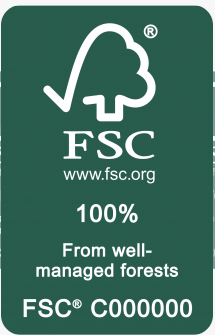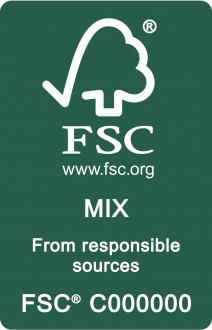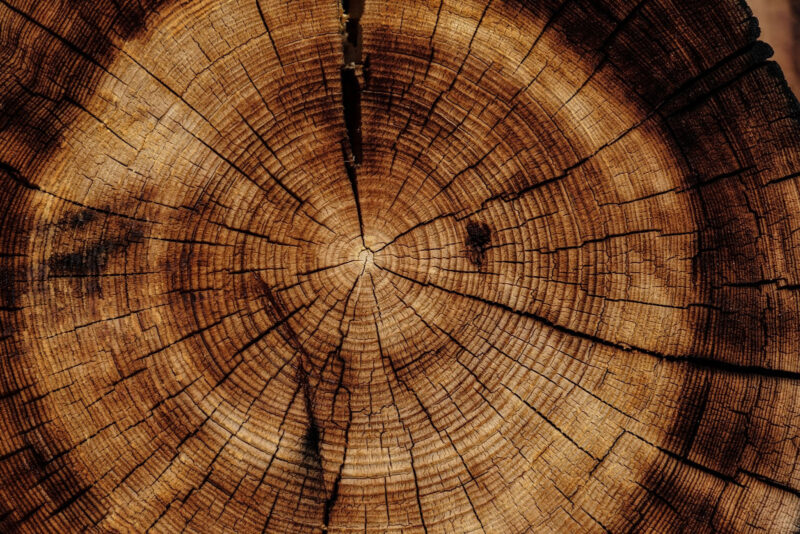The ultimate guide to FSC labels – What they mean and why they’re important
Published: 13/04/20 By: Mike Bekin
Many of us are starting to question whether companies are practising what they preach and that’s exactly why initiatives such as the Forest Stewardship Council (FSC) exist.
Anyone who has spent time working in any industry where wood or paper is involved will most likely be aware of the FSC logo, but you might not be aware of exactly what it represents.
The presence of the FSC logo reveals that a product has been sourced from a responsibly managed forest and it’s a logo that is becoming more and more relevant as we become more environmentally conscious.
All FSC certified forests are managed with the utmost consideration for wildlife, people, and the environment and are independently audited regularly to ensure they continue to meet FSC standards.
All FSC wood and paper must be risk assessed against the 10 Principles of Forest Stewardship. These principles include the use of wood that hasn’t been illegally logged and wood that hasn’t been harvested from forests where civil rights are being infringed upon or where genetically-modified trees have been planted.
One, twice, three times a label
Behind every FSC label is a product manufactured with materials sourced responsibly from sustainable forests, however, there are different levels of product and different labels to go with them. Below, we’ll take you through the three FSC labels and what they represent individually.
FSC 100% – As you would expect, FSC 100% certified products are manufactured with materials sourced 100% from certified sustainable forests.

FSC Recycled – This refers to products made from 100% recycled or reclaimed materials.

FSC Mixed – Any product certified as an FSC Mix must contain an absolute minimum of 70% FSC certified wood. The remaining volume(up to 30%) can from controlled sources, where an in-depth due diligence assessment has to be done.

Things to consider
-
There is often a need to make a distinction between product and packaging, as sometimes the cardboard in which a product is being carried might be certified when the content inside is not.
-
The FSC label will rarely have any impact on price, so there should be no reason to actively seek out wood that has not been certified.
-
The FSC system doesn’t just track the wood at its source, it tracks it through every stage of the supply chain until it reaches the end-user.
-
You can purchase FSC certified products from the vast majority of DIY and hardware stores, as well as major high street stores and supermarkets.
-
It is the only forest certification scheme endorsed by major environmental charities such as Greenpeace and the Woodland Trust.
-
If you are struggling to find an FSC certified product, try asking your supplier for it. After all, without demand there can be no supply and when it comes to saving the environment, every voice matters!
